
How to Get Rid of Fleas on Your Dog? The 5 Best Natural Treatments! 2025
As any pet owner knows, seeing your dog itching frantically is never a pleasant sight.
Flea control is a struggle many of us are familiar with, but finding an effective, natural solution can often seem like a daunting challenge.
- Click to learn more: 👉 NATURAL support for your dog infested with FLEAs. 🐶
At HomeoAnimo, we understand this concern and have been committed to providing valuable assistance for years.
With our proven tips and natural remedies , we've helped countless pet owners protect their canine companions from these invasive parasites.
We are happy to share our expertise with you in this article, starting with a detailed explanation of what fleas are in dogs and how they can affect your pet's daily life.
What are fleas in dogs?

The dog flea, an ectoparasite of the genus Ctenocephalides canis , is a small brownish insect measuring about 1 to 2 mm in length.
These parasites feed on the blood of their host, causing not only considerable discomfort but also, potentially, severe allergic reactions.
More than 2,200 species of fleas are known worldwide. Among the most common varieties are the cat flea (Ctenocephalides felis) and the dog flea (Ctenocephalides canis).
In contrast, the vast majority of fleas found on dogs and cats are cat fleas.
What does a dog flea look like?
Although similar, fleas found on dogs differ slightly from those on cats, both in terms of morphology and behavior.
Photos of cat fleas show an insect similar in size, making it difficult to distinguish them without careful examination.
Flea reproduction is a rapid process, beginning with the female laying eggs on the host or in its immediate environment. A single individual can lay up to 50 eggs per day.
These eggs then transform into larvae, which avoid light and feed on organic matter available in the environment, including adult flea droppings, which are rich in dried blood.
The life cycle continues with the development of these larvae into pupae, then into adults ready to infest a new host.
This cycle makes flea eradication particularly difficult, as it is necessary to treat not only the animal, but also its environment to interrupt reproduction.

Where is the chip located on a dog?
The location of fleas on a dog is not specific; they can be found anywhere on the body, but have a predilection for warm, protected areas such as the neck, belly, and base of the tail .
Understanding where a dog's flea is located can help you act quickly and prevent a larger infestation.
PHOTO of fleas on a dog
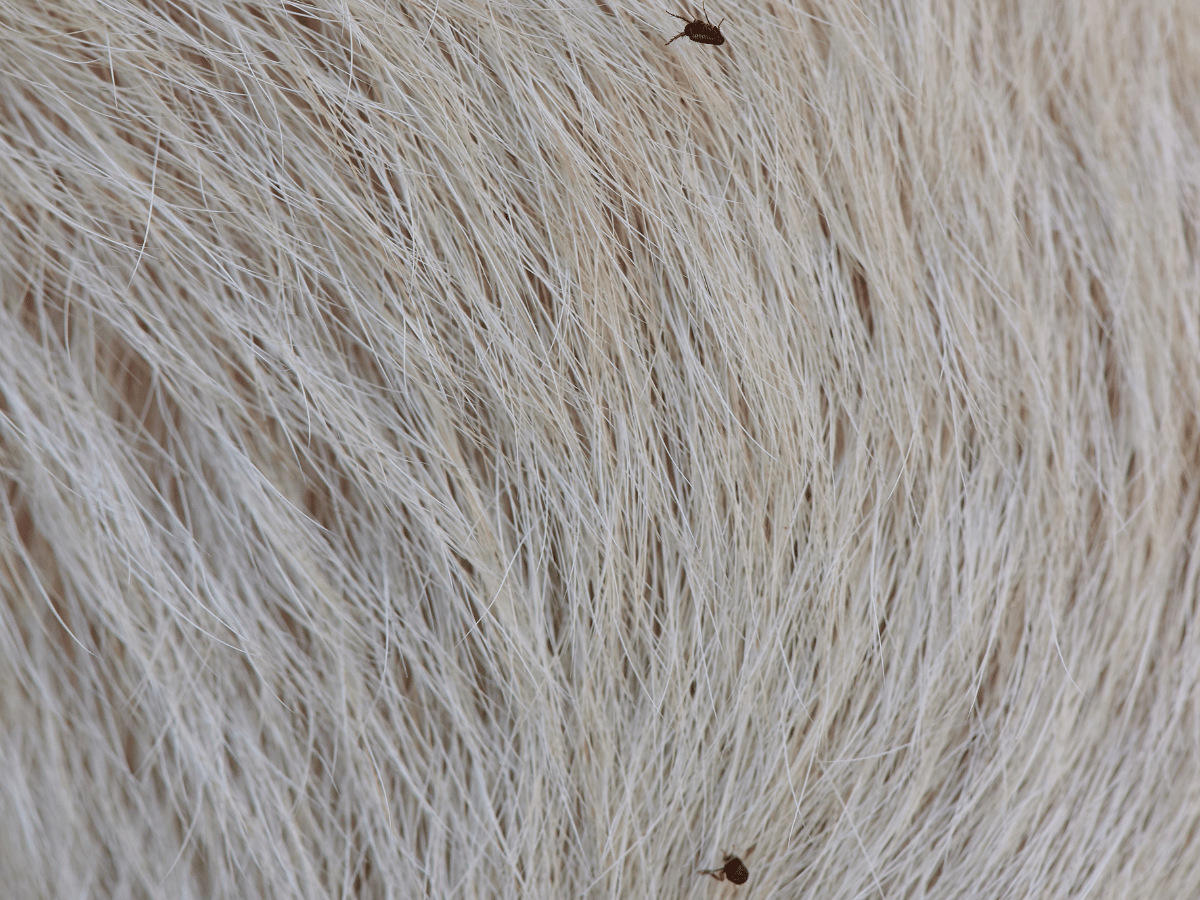
PHOTO of a flea egg

An important step in protecting your dog from these unwanted parasites is to quickly recognize the signs and symptoms of them in dogs.
What causes a flea infestation in dogs?
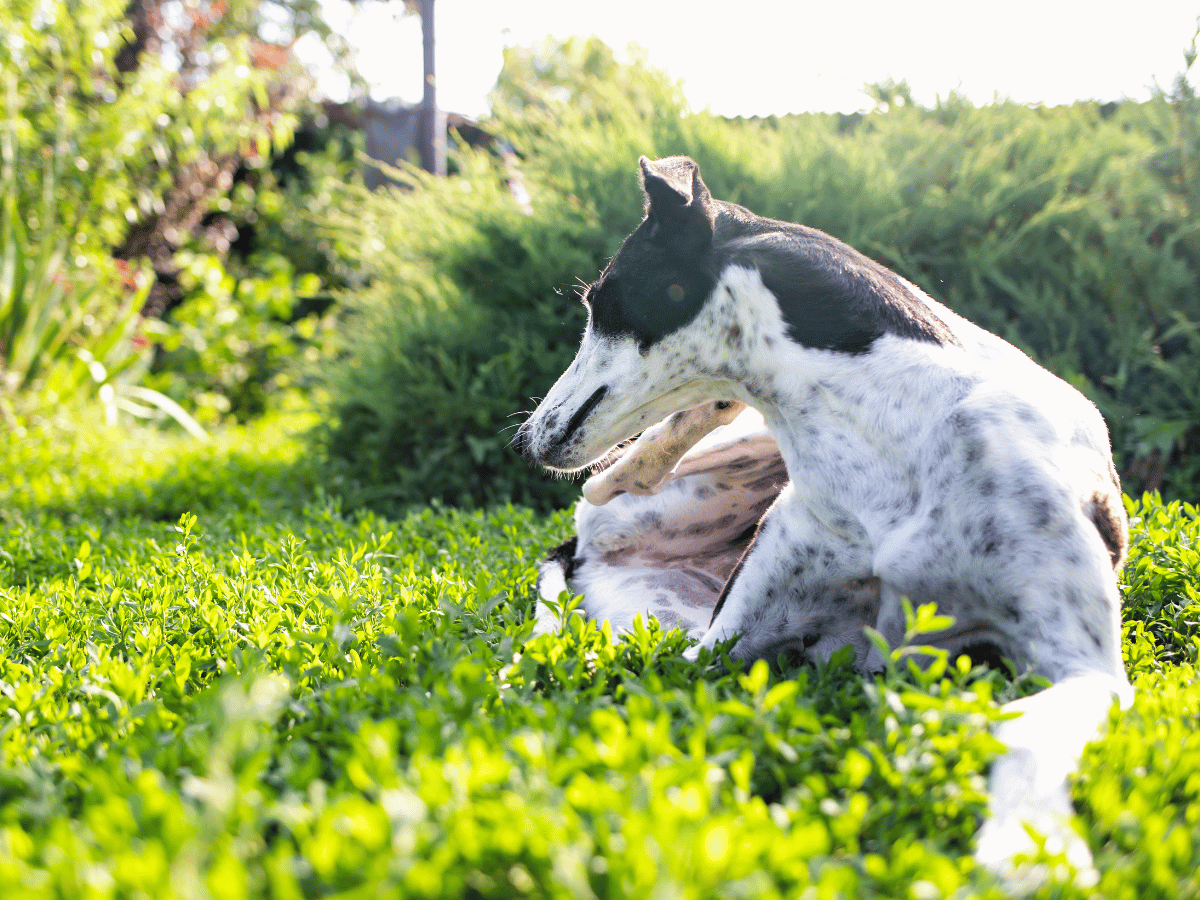
How does a dog get fleas?
Flea infestations in dogs can be the result of a variety of factors. Dogs are most often infected by fleas that come from other infested animals or environments that harbor flea nests.
Warmth and humidity can provide an ideal environment for fleas to breed.
A dog that spends time outdoors, especially in wooded or grassy areas, is more likely to be exposed to fleas.
Likewise, pets that frequent places with lots of other dogs, such as dog parks, are more likely to encounter fleas.
Additionally, dogs living in unsanitary environments or with weakened immune systems may be more susceptible to flea infestation.
If my dog stays indoors, can he still get fleas?
Even if your dog stays mostly indoors, he's not completely immune to a flea infestation. Fleas can be introduced into your home in a number of ways.
Humans can carry fleas or their eggs on their clothing or shoes after contact with infested environments or other flea-carrying animals.
Additionally, pets, such as cats that have access to the outdoors, can easily bring fleas into the home.
What are the symptoms of a flea infestation in dogs?

Signs of a flea infestation in dogs can vary depending on the individual animal's susceptibility and the level of infestation.
Some dogs may experience a severe allergic reaction to flea bites, while others may appear to show no symptoms.
But how do you know if a dog has a chip?
Some common signs of a flea infestation in dogs include:
- Intense itching
- Excessive scratching, licking, or chewing of the skin
- Hair loss, especially around the neck and at the base of the tail
- Irritated or red skin
- Presence of small black dots (flea excrement) on the skin or in the dog's coat
If you notice these symptoms in your dog, it is important to consult a veterinarian for an accurate diagnosis and appropriate treatment.
What conventional flea treatments are available in pharmacies?
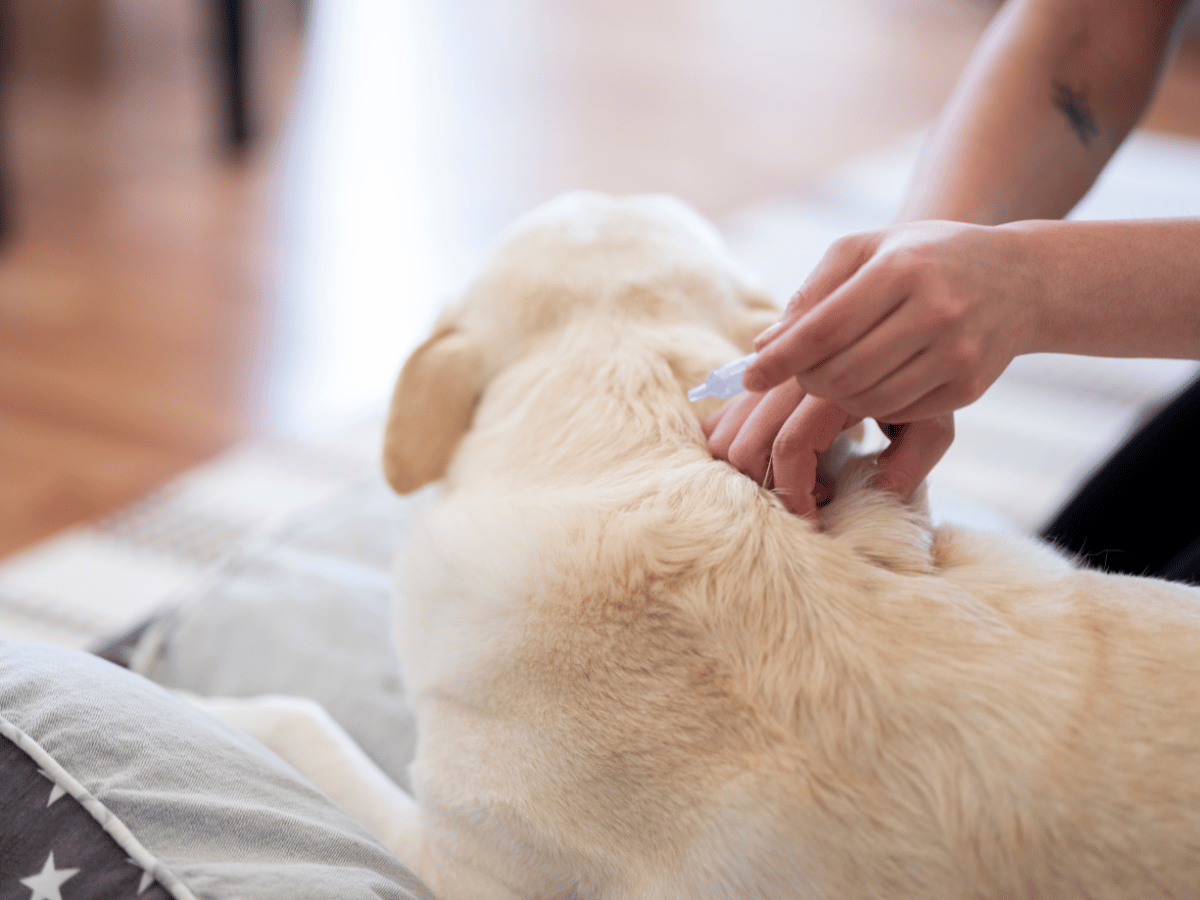
Conventional treatments for flea infestations in dogs are readily available at pharmacies.
These treatments mainly include flea collars , pipettes , specific shampoos , and oral tablets or tablets .
How much do flea treatments cost at the pharmacy?
The cost of these treatments varies depending on the product chosen, the brand, and the size of the animal. On average, prices can range from 10 to 50 euros per treatment.
Flea collars are available in a price range of 15 to 30 euros and offer protection that can last for several months.
The pipettes , applied directly to the animal's skin in the neck area, are generally sold in packs of three or six at a price ranging from 20 to 40 euros.
The frequency of application of the pipettes varies depending on the product, but it is commonly recommended to space applications 4 weeks apart.
Flea shampoo , costing between 10 and 20 euros per bottle, offers an immediate but temporary solution by killing fleas on contact.
Finally, oral tablets or pellets , which kill fleas quickly after ingestion, are a more expensive option with prices ranging from 30 to 50 euros for a box of six tablets.
These oral treatments often require a veterinary prescription but promise rapid and lasting effectiveness.
It is crucial to read the instructions for each product carefully and consult a veterinarian to determine the most appropriate and safe treatment for your dog, particularly regarding the frequency and duration of application of flea pipettes and administration of tablets.
Are there any effective natural remedies for fleas in dogs?

Yes, several natural remedies and treatments can be effective in controlling fleas in dogs. From vinegar to diatomaceous earth, these five flea repellents are valued for their non-toxic nature and can be used as alternatives or in addition to conventional treatments.
1) Vinegar
White vinegar or cider vinegar are known for their antiparasitic properties.
A mixture of vinegar and water (one part vinegar to two parts water) can be sprayed on the dog's coat, taking care to avoid sensitive areas such as the eyes and mouth.
This solution helps repel fleas thanks to its acidity.
2) Lemon
Lemon tea is a natural flea repellent.
To use lemon as a natural remedy for fleas in dogs, simply boil lemon slices in water, let the mixture cool overnight, and apply the liquid to the animal's coat.
Lemon acts as a natural repellent due to its smell and acidity. Some even believe that the active ingredients in lemon can kill fleas .
3) Diatomaceous earth
Food grade diatomaceous earth is an effective natural flea repellent.
To use diatomaceous earth as a natural flea treatment for dogs, sprinkle this fine powder on the pet's bed, in sleeping areas, and directly on the fur, avoiding the eyes and nose.
According to the National Pesticide Information Center (NPIC), diatomaceous earth works by drying out the fleas' exoskeletons, leading to their death.
4) Baking soda
Baking soda is often recommended as a natural flea repellent.
This non-toxic substance helps to dry out fleas and their larvae, thus helping to limit their proliferation.
To use baking soda as a natural flea treatment for dogs, sprinkle it on carpets, floors, and pet beds, then rub it in lightly. You can even apply it directly to your dog's coat.
After a few hours, it is advisable to brush your dog or thoroughly vacuum the treated areas in the house to remove dead fleas and eggs.
5) Essential oils
Essential oils, such as lavender , peppermint, or lemongrass, are known for their natural flea repellent properties.
It is possible to create a natural anti-flea spray by diluting a few drops of essential oil in water, then spraying it on the animal's coat, while avoiding the eyes and sensitive areas.
It is essential to proceed with caution and ensure that the essential oils used are safe for animals, as some can be toxic.
A natural homeopathic solution
 TP Animo (Ticks & Fleas) homeopathic remedy is designed to maintain the well-being of cats and dogs. It also helps prevent tick and flea infections (dogs, cats, horses, and pets).
TP Animo (Ticks & Fleas) homeopathic remedy is designed to maintain the well-being of cats and dogs. It also helps prevent tick and flea infections (dogs, cats, horses, and pets).
This premium 100% natural remedy relieves symptoms due to tick and flea bites and prevents tick and flea bites.
Watch our video:
How to prevent a flea infestation in dogs?

Preventing a flea infestation in dogs requires a proactive approach and regular monitoring to ensure the protection of both the animal and its environment. Here are some key strategies:
-
Maintaining good hygiene : Carry out regular baths with anti-flea shampoos specially designed for dogs.
-
Regular cleaning of the environment : Frequently vacuum carpets and furniture and wash the pet's bedding at a high temperature to eliminate fleas and their larvae.
-
Use of preventative products : Apply preventative treatments, such as pipettes or flea collars, recommended by a veterinarian.
-
Regular Coat Inspection : Regularly inspect the dog's coat for fleas or flea droppings, especially after walks in grassy areas.
-
Garden Maintenance : Keep the garden clean and trimmed to reduce habitats for fleas and other pests.
- Veterinary Consultation : Consult a veterinarian for personalized advice based on the animal's health and lifestyle.
It is essential to remain vigilant and take preventative measures, as fleas can not only cause discomfort to the animal, but also transmit diseases.
How do I remove a chip already installed on my dog?

To remove a flea from your dog, start by using a metal flea comb dipped in a mixture of water and vinegar or soapy water. This will help capture and remove any adult fleas on your dog.
After this step, it is crucial to treat your dog with a flea control product recommended by your veterinarian, such as a spot-on (dropper) or oral tablet. These treatments work by killing or paralyzing fleas quickly.
Can fleas kill a dog?

Can they be fatal for my dog?
Although rare, a massive flea infestation can actually be life-threatening for a dog.
Puppies and older dogs or dogs with weakened immune systems are particularly at risk.
Severe infestation can cause profound anemia, resulting from significant blood loss due to repeated flea bites. This condition can be fatal if not treated promptly.
Symptoms of severe anemia include lethargy, general weakness, rapid heart rate, and pale gums.
It is crucial for dog owners to take a flea infestation seriously and intervene promptly.
Are dog fleas transmissible to humans?

Can humans be affected by dog fleas?
Dog fleas can, indeed, affect humans, although these parasites generally prefer animal hosts.
Fleas are capable of jumping from a dog to a human, causing itching and skin irritation.
That said, they don't live on humans like they do on dogs, as our bodies don't provide the warm, furry environment they prefer.
Once on a human, fleas can bite and leave red, irritated marks, particularly on the legs and feet. These bites can cause discomfort and, in some cases, lead to allergic reactions.
It is important to note that although fleas can transmit certain diseases to animals, the risk of transmitting serious diseases to humans is low.
However, a flea infestation in the home can be a public health problem and requires rapid intervention to eliminate fleas from pets, as well as their environment.
How do I get rid of fleas in my house?

Can you effectively get rid of fleas in your home?
Yes, it is possible to eliminate fleas from your home by taking a methodical approach and using the right products.
The first step is to treat pets with appropriate flea control products, recommended by a veterinarian, to eliminate any fleas present.
At the same time, it is necessary to thoroughly clean the house to remove fleas and their larvae from the environment.
Start by thoroughly vacuuming all rugs, carpets, upholstered furniture, and even under furniture to remove fleas and their eggs.
It is important to immediately dispose of the vacuum bag or empty the compartment into a sealed plastic bag to prevent fleas from escaping.
Did you find fleas in the bed?
Washing all textiles such as bedding, blankets, and clothing in hot water is also crucial to killing fleas and their larvae.
Using black soap against flea infestations
Black soap, known for its natural cleaning and insecticidal properties, has proven to be an effective solution for cleaning flea-infested areas.
Made from vegetable oils, it acts by direct contact by disrupting the outer membrane of fleas, which leads to their death.
To use, dilute black soap in hot water and apply the solution to affected surfaces, such as floors, baseboards, and furniture.
Leave on for a few minutes before rinsing or wiping with a damp cloth.
In addition to its effectiveness against fleas, black soap is an environmentally friendly choice and safe for pets and humans when used correctly.
Maintaining a rigorous cleaning and preventative treatment routine will help prevent future infestations.
What is the difference between fleas, lice, and ticks in dogs?

How do I distinguish between fleas, lice and ticks on my dog?
Fleas, lice, and ticks are all parasites that can infest dogs, but they differ in appearance, lifestyle, and the health problems they can cause.
As discussed in this article, fleas are jumping insects that feed on blood and can cause intense itching, allergies, and transmit diseases.
To identify a flea infestation, look for small black dots (flea feces) or fleas themselves jumping on the pet's skin or fur.
Lice , less common, also live in the fur of dogs where they feed on skin debris. They are generally associated with poor living conditions and can cause itching, but do not jump or fly.
Lice are visible to the naked eye as small, whitish insects moving slowly on the skin.
Ticks , on the other hand, attach themselves to the animal's skin to ingest blood over several days and can transmit serious diseases such as Lyme disease.
Ticks are usually found firmly attached to the skin, swelling as they feed on blood.
Conclusion
In this article, we discussed the challenges posed by flea infestations in dogs and effective methods to combat them.
It is crucial to remain vigilant and adopt a prevention routine to protect the health of our animals and our domestic environment.
We suggest using our natural product TP Animo (Ticks & Fleas) to effectively combat fleas. Please contact us to learn more about this natural remedy.
Have you ever dealt with a parasitic infestation in your pet? What methods have you found most effective? Share your experience in the comments.
Are you experiencing problems with parasites in your pet? Our Free Pet Health Advice will provide solutions tailored to your specific situation.
We invite you to fill out our form to take advantage of this free service.
Don't let parasites disrupt your pet's life! Act now for a healthier future.



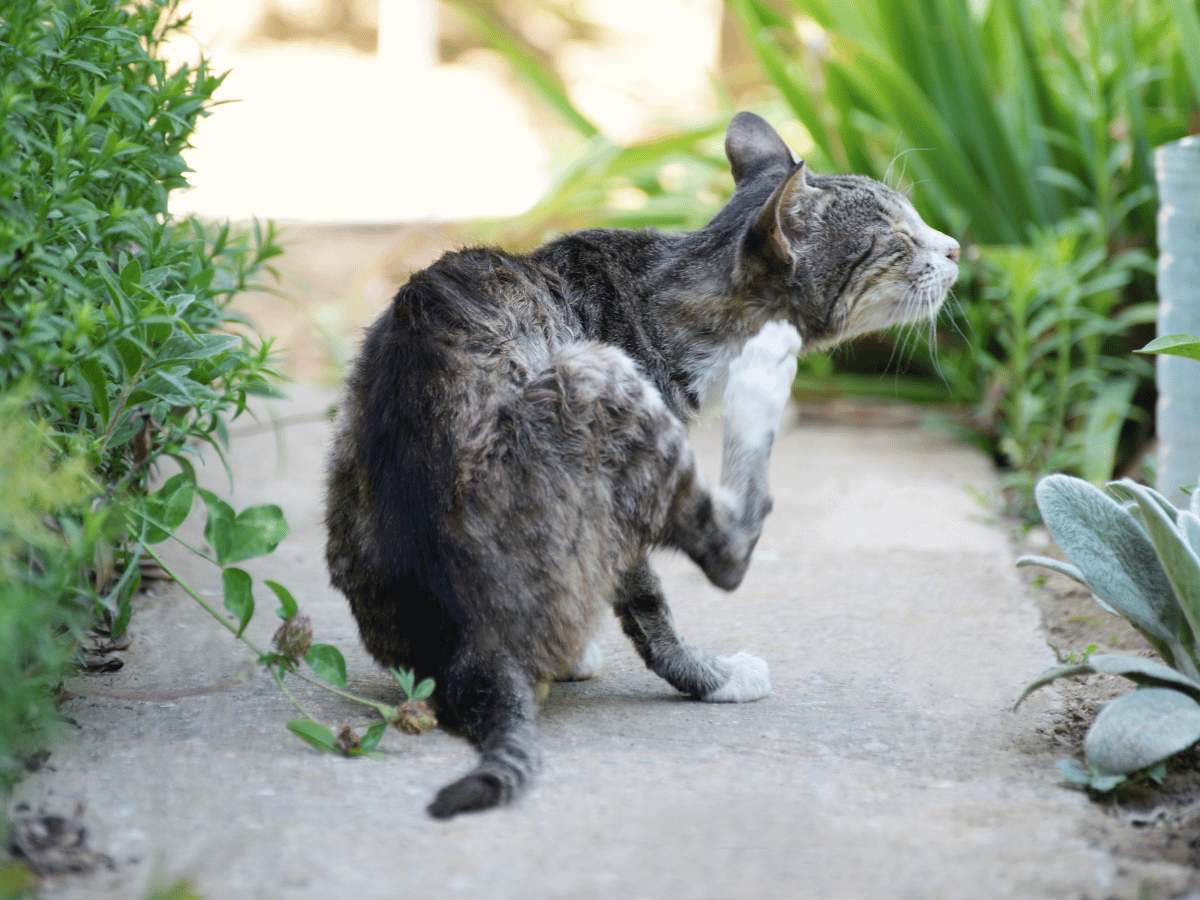


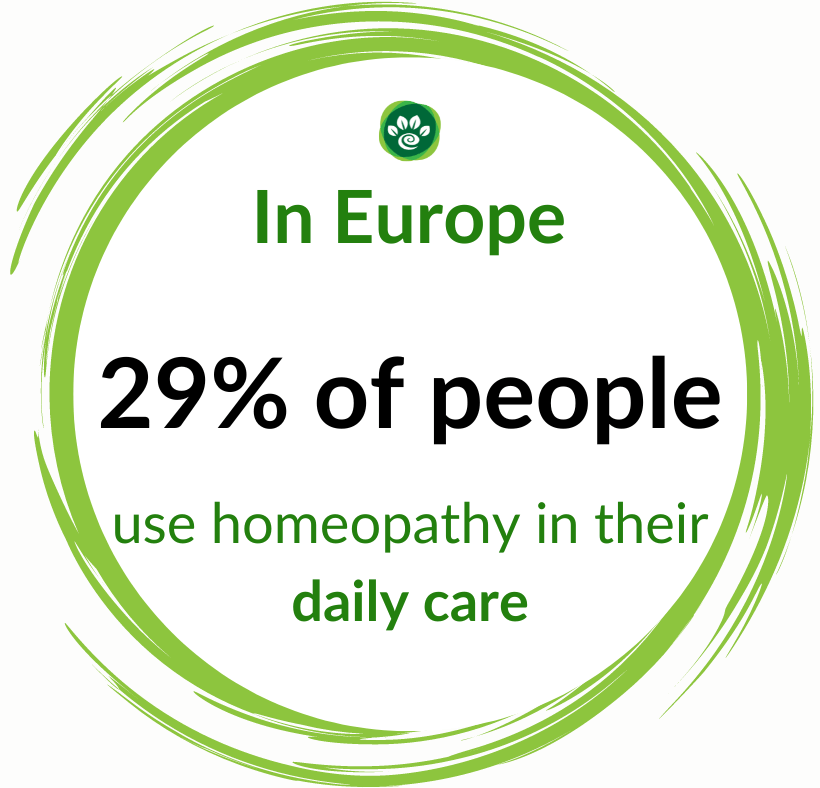
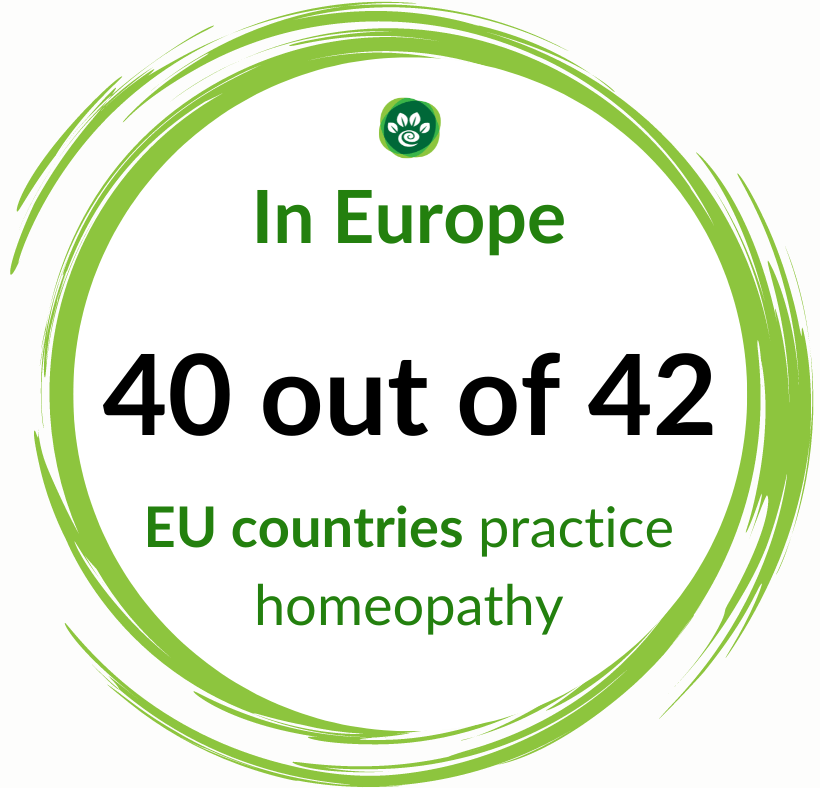

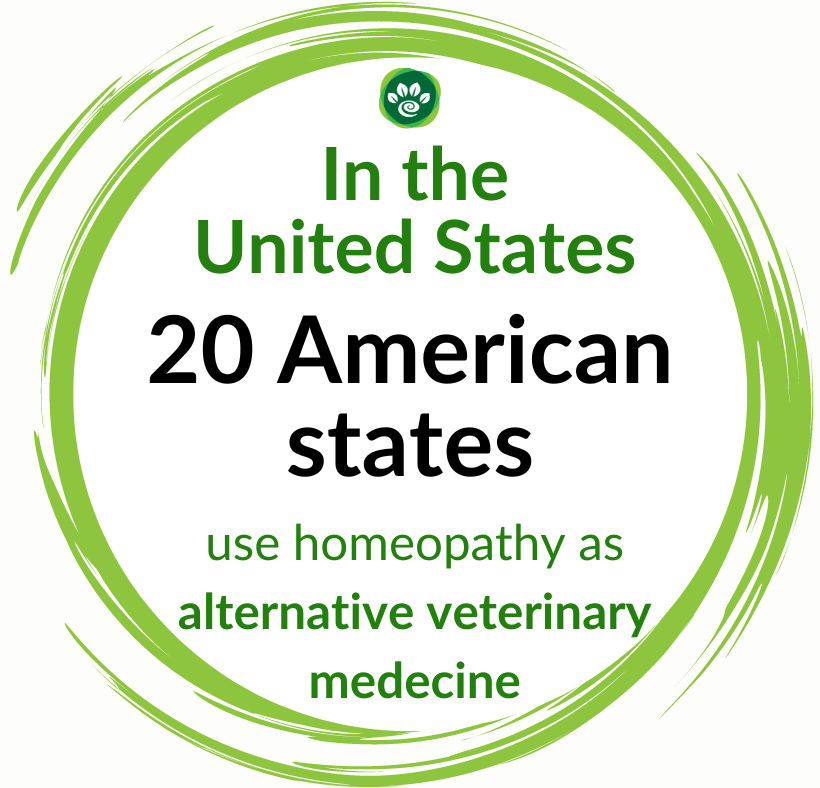










2 comments
Bonjour Madame , je vous remercie pour votre question. Notre produit INCONTINENCE URINAIRE ne doit pas être donné plusieurs fois par jour, non. La posologie qui est sur notre site web est la bonne : 1 jet par jour. Nous allons aussi vous écrire un mail avec notre réponse. Bien à vous, Homeoanimo
Homeoanimo
Puis-je donner incontinence urinaire plusieurs fois par jour à ma chienne de 15 ans?
Mariana Lysca
Leave a comment
This site is protected by hCaptcha and the hCaptcha Privacy Policy and Terms of Service apply.